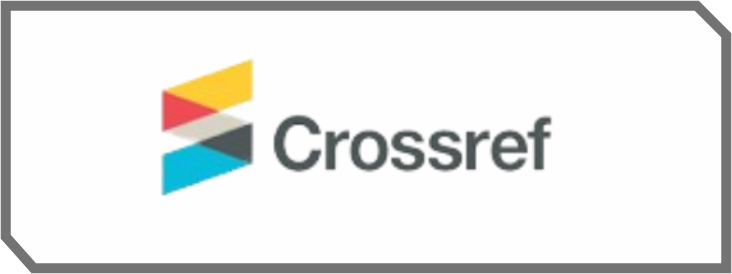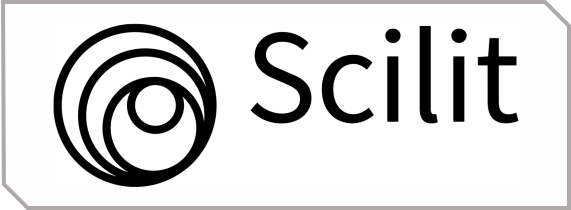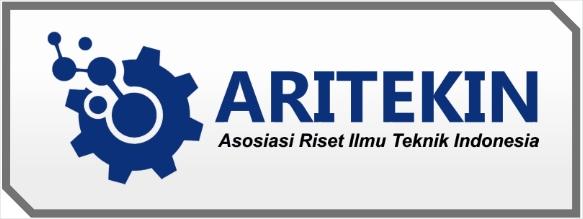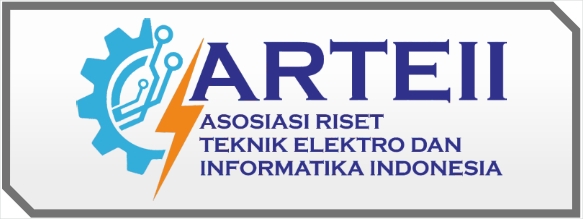Penyeimbangan Lintasan Produksi Ribbed Smoke Sheet Untuk Meningkatkan Efisiensi Lintasan Menggunakan Metode Theory Constraint
DOI:
https://doi.org/10.59061/repit.v1i3.321Keywords:
Theory of constraint, Work Station, Line Efficiency, Ribbed Smoke SheetAbstract
PT. Perkebunan Nusantara IX is a State-Owned Enterprise (BUMN) manufacturing rubber processing to produce Ribbed Smoke Sheets (RSS) located in Salatiga City, Central Java. Several things are not done by the company, namely the inefficient trajectory caused by the company's target being too high compared to the output produced. The production process has an imbalance in the trajectory, in which there is still an accumulation of materials/goods in process in several workstations so that actual production is not meet production targets, and the company is having difficulty meeting market demand. So it is necessary to balance the trajectory to answer these problems. Increasing the efficiency of the production balance can be obtained by balancing the trajectory using the theory constraint method aimed at reducing idle time and accumulation of goods so that the production process becomes more efficient. The method that can be used is CPM/PERT. The steps used are grouping work elements into workstations, calculating the value of workload, tracking efficiency, smoothing index, and balance delay, which are then compared based on the two methods. The results obtained are that the RSS production line has a high track efficiency value based on comparing the CPM/PERT method. Hence, the suggestion for the Ribbed Smoke Sheet (RSS) production line so that the line efficiency value is high following the CPM/PERT method is to make three workstations so that the value obtained is the track efficiency is 85% and increases by 21% from the initial track efficiency value, from 64% to 85%. The idle time value decreased from the initial 4.66 minutes to 1.51 minutes, the Balance Delay value also decreased from 37% to 16%, and the Smoothing Index value decreased from the initial 3.3 minutes to 1.08 minutes.
References
Ahmed, F. (2017). Identifying wastages and calculating SMV through work sampling study in sewing section, Internation Journal of Engineering and computer Science. ISSN: 2319-7242, Vol.6, pp. 23102-23106.
Ahyan, M., Kotto, E., & Harahap, U. N. (2021). Usulan Perbaikan Lintasan Produksi Dengan Menggunakan Metode Theory Of Constraint Dan Metode Moddie Young. Jurnal Vorteks, 2(1), 59-70.
Azzahrah, L, T. (2019). Penurunan Lead Time Manufaktur Mempertimbangkan Keseimbangan Beban Kerja Operator Menggunakan Metode Line Balancing Dan Operation Overlapping. Tugas Akhir. Universitas Pembangunan Nasional “Veteran”. Yogyakarta.
Azwir., dan Pratomo. (2017). Implementasi Line Balancing untuk Peningkatan Efisiensi di Line Welding Studi Kasus: PT X. ISSN: 0216-1036 & ISSN 2339-1499. Bekasi.
Baroto, T. (2002). Perencanaan dan Pengendalian Produksi. Ghalia Indonesia.
Distianasari, R. (2019). Peningkatan Efisiensi Lini Penjahitan Sarung Tangan Melalui Penyeimbangan Lintasan Dan Pemerataan Beban Kerja Operator. Tugas Akhir. Universitas Pembangunan Nasional “Veteran”. Yogyakarta.
Djunaidi, M., dan Angga. (2017). Analisis Keseimbangan Lintasan (Line balancing) pada Proses Perakitan Body Bus pada Karoseri guna Meningkatkan Efisiensi Lintasan. Jurnal Ilmiah Teknik Industri,Vol.5, Hal.77-84.
Prabowo, R. (2016). Penerapan Konsep Line Balancing Untuk Mencapai Efisiensi Kerja Yang Optimal Pada Setiap Stasiun Kerja Pada PT. HM. Sampoerna Tbk. Desember, Vol. 20 No. 2. Surabaya: Jurnal IPTEK
Praktikto., Tama., dan Yudha. (2017). Meningkatkan Efisiensi Lintasan Perakitan Plastic Box 260 Menggunakan Pendekatan Metode Heuristik. ISBN: 9-789-7936-499-93. Universitas Brawijaya. Malang.
Purba, R. S. (2021). ANALISIS KESEIMBANGAN LINTASAN PRODUKSI UNTUK MEMINIMASI BOTTLENECK DENGAN METODE THEORY OF CONSTRAINT (TOC)(Studi Kasus di Perusahaan Sp Aluminium Yogyakarta) (Doctoral dissertation, UNIVERSITAS PEMBANGUNAN NASIONAL “VETERAN” YOGYAKARTA).

















